Induction Curing adhesive
Views Send Enquiry
Objective To Cure adhesive in aluminum filter ends
Material Aluminum filter, steel end caps & plastisol adhesive
Temperature 200 ºF
Frequency 277 kHz
Equipment · Power of 6kW induction heating system, equipped with a remote workhead containing two 0.1uF capacitors for a total of 0.2uF
· An induction heating coil designed and developed specifically for this application.
Process A four turn helical coil is used to cure the plastisol adhesive. One filter end cap is filled with adhesive, attached to the filter and heated 90 seconds to cure the adhesive. The filter assembly is then flipped; the second end cap is filled with adhesive and applied to the filter. Heat is applied to that end cap for 90 seconds to cure the adhesive. A second coil is recommended to heat 2 parts at once which would reduce the heat time to 45 seconds per part. The heat time can be further reduced by increasing the number of power supplies and coils.
Results/Benefits Induction heating provides:
· Faster curing times, increased production
· Reduced energy cost
· Localized heating, no damage to adjoining components
· Decreased production losses (reduction of downtime and scrap)
· Reliable, repeatable heat
Material Aluminum filter, steel end caps & plastisol adhesive
Temperature 200 ºF
Frequency 277 kHz
Equipment · Power of 6kW induction heating system, equipped with a remote workhead containing two 0.1uF capacitors for a total of 0.2uF
· An induction heating coil designed and developed specifically for this application.
Process A four turn helical coil is used to cure the plastisol adhesive. One filter end cap is filled with adhesive, attached to the filter and heated 90 seconds to cure the adhesive. The filter assembly is then flipped; the second end cap is filled with adhesive and applied to the filter. Heat is applied to that end cap for 90 seconds to cure the adhesive. A second coil is recommended to heat 2 parts at once which would reduce the heat time to 45 seconds per part. The heat time can be further reduced by increasing the number of power supplies and coils.
Results/Benefits Induction heating provides:
· Faster curing times, increased production
· Reduced energy cost
· Localized heating, no damage to adjoining components
· Decreased production losses (reduction of downtime and scrap)
· Reliable, repeatable heat
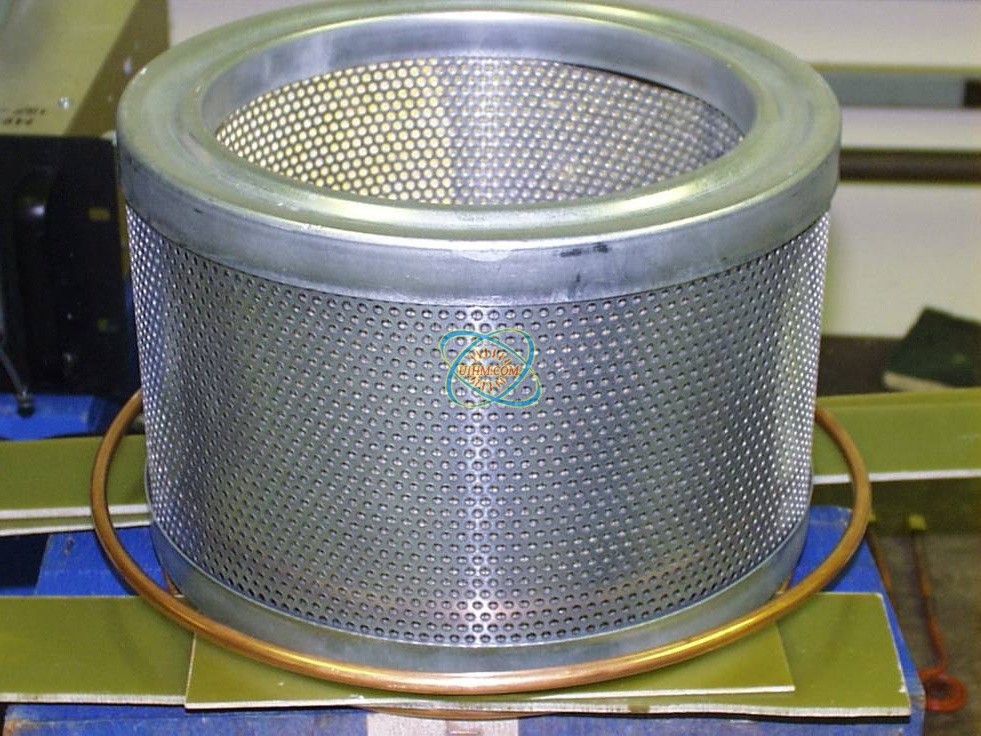
Curing-plastisol-adhesive
Next: Induction curing coatingPrevious: Induction Curing Ceramic Fiber
Good
Bad
Hot
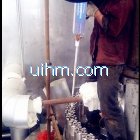
induction heating bolts from turbine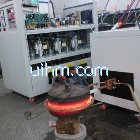
induction debonding from steel rod
induction debonding rubber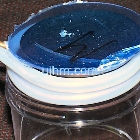
Releasing Fixture by Induction Heating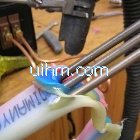
Remove plastic coating from steel tubes by Induction Heating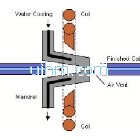
Induction Heating catheter tipping die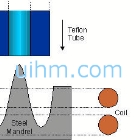
Induction Molding for teflon catheter tip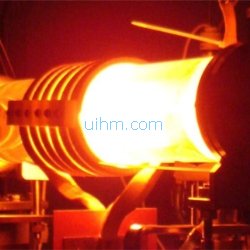
induction melting for crystal growth

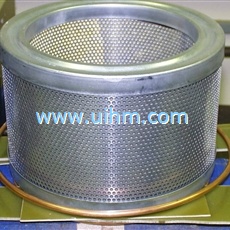
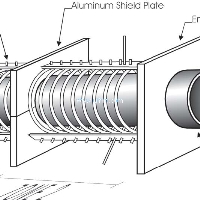
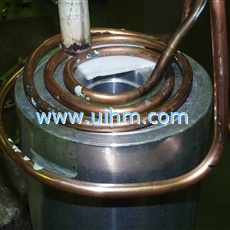
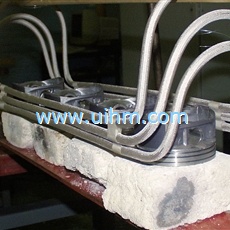
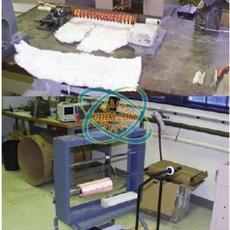
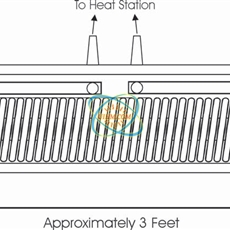
Newest Comment
No Comment
Post Comment